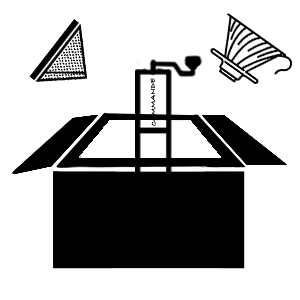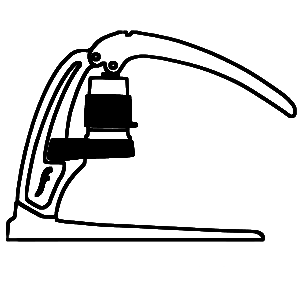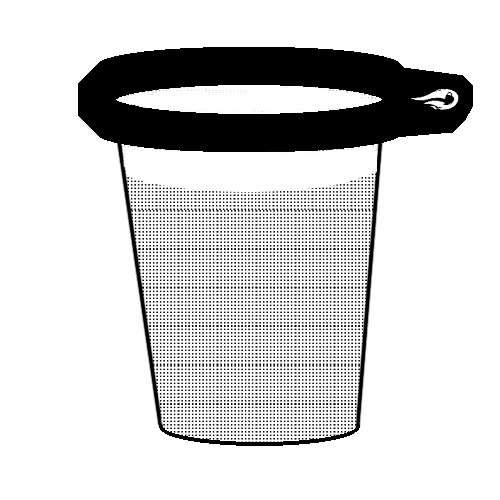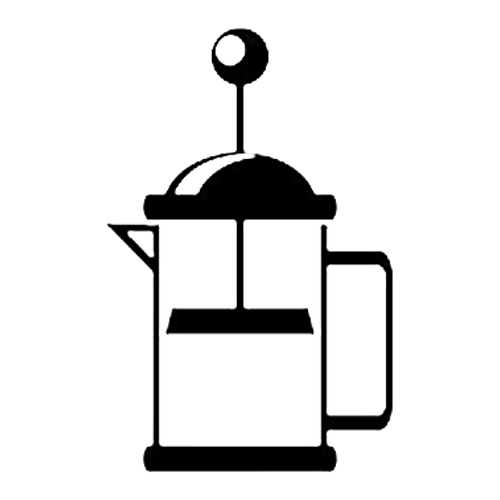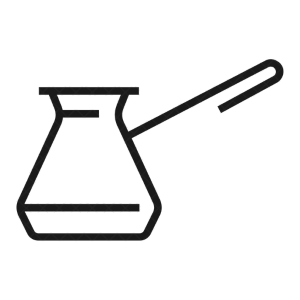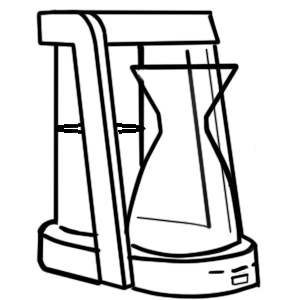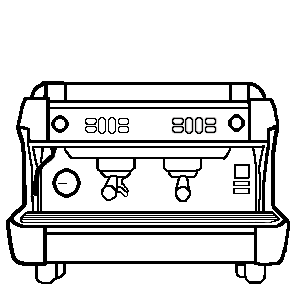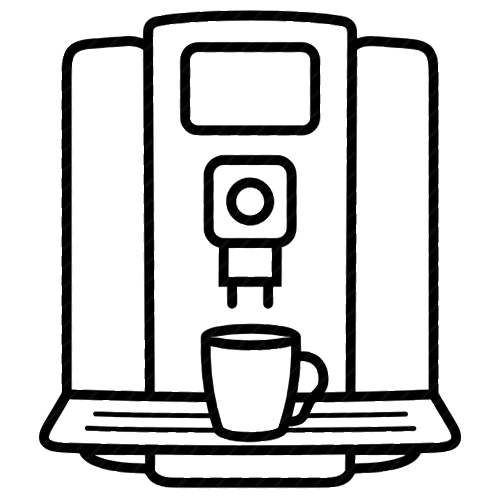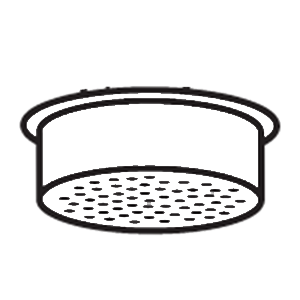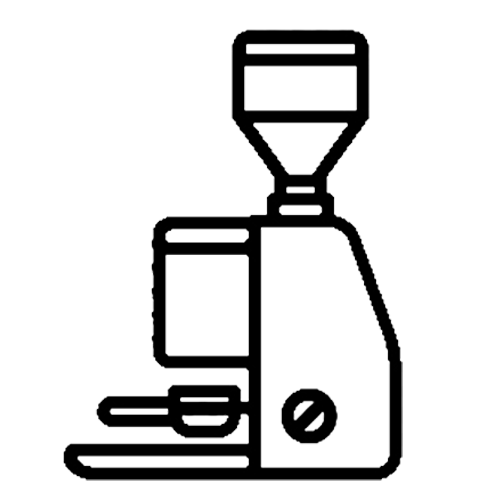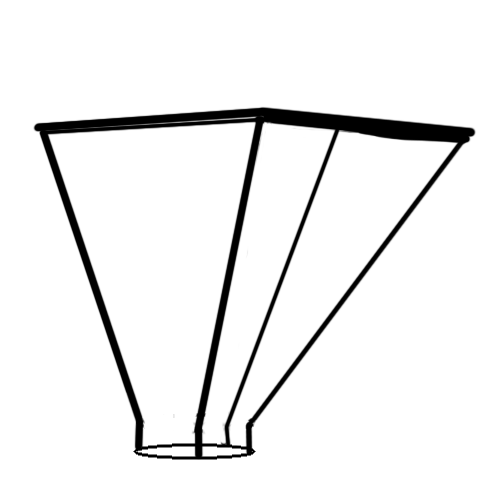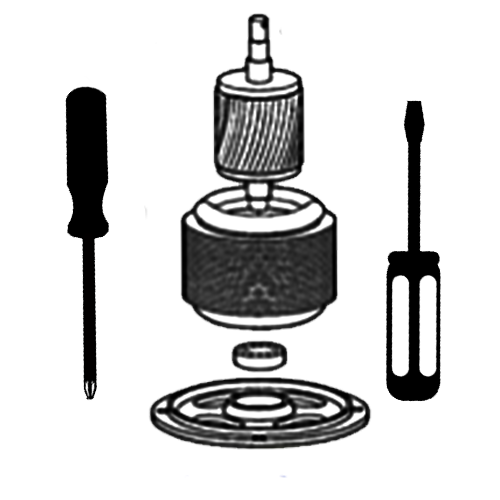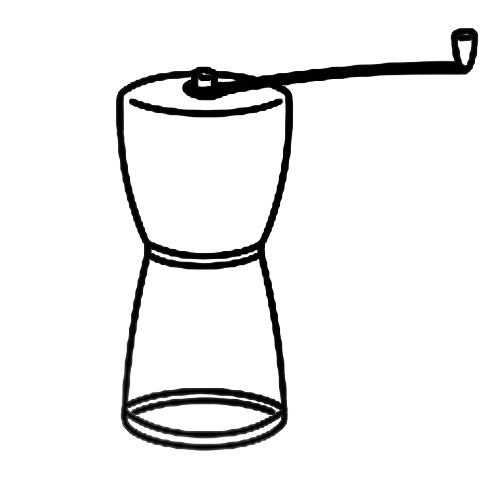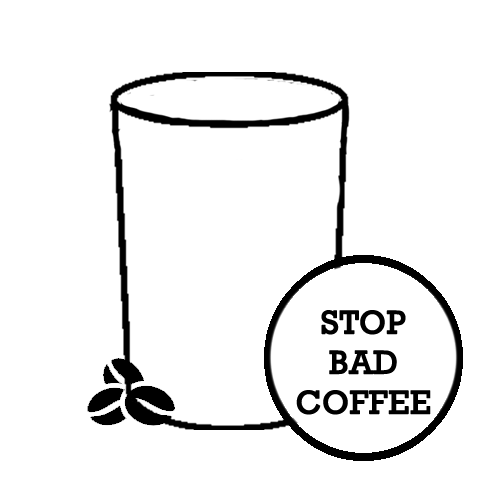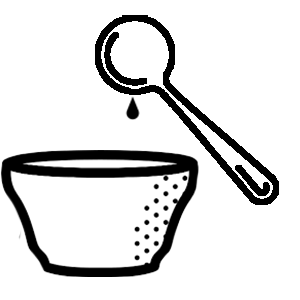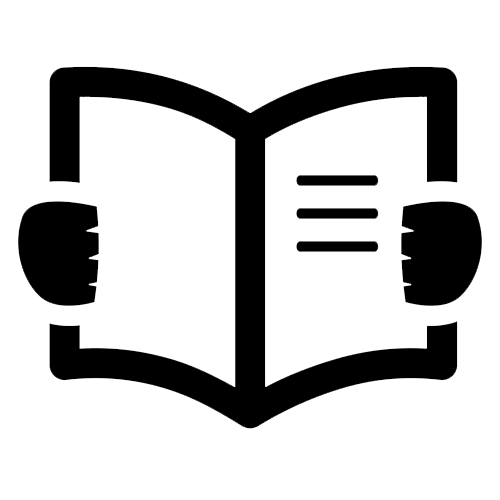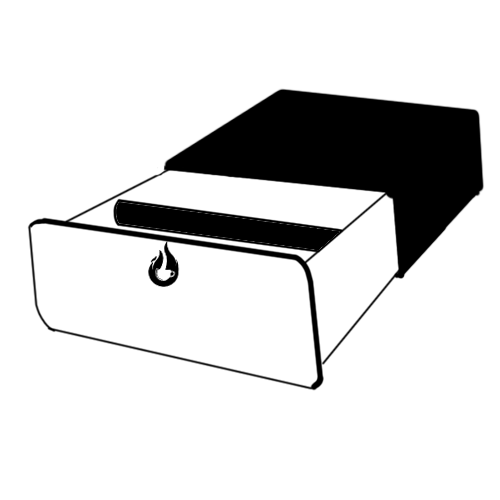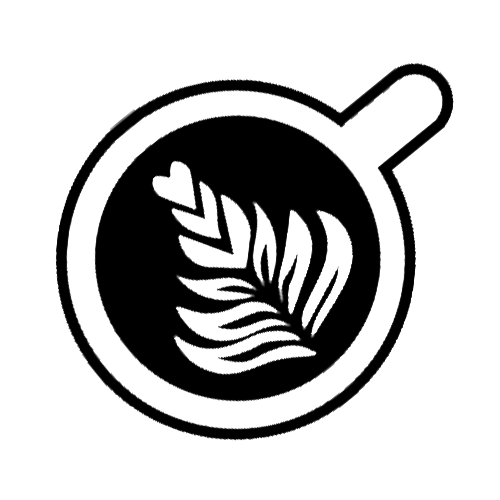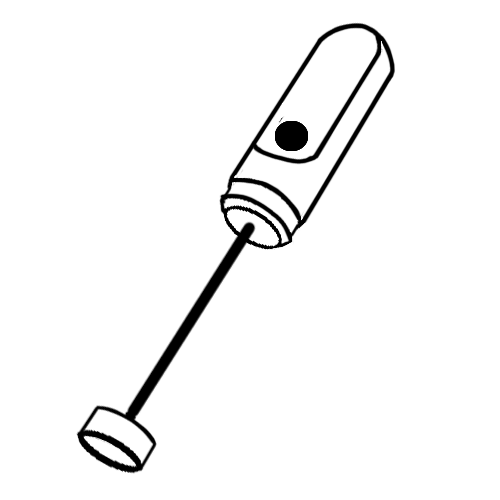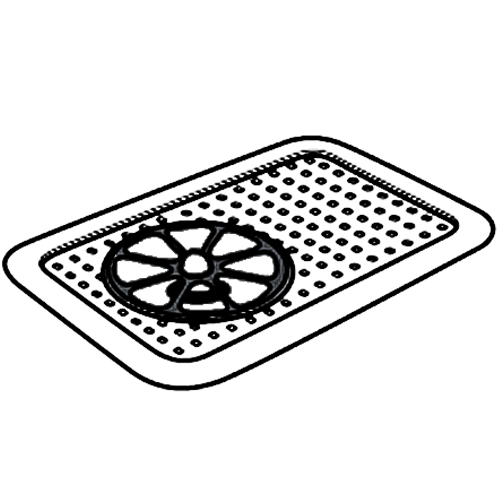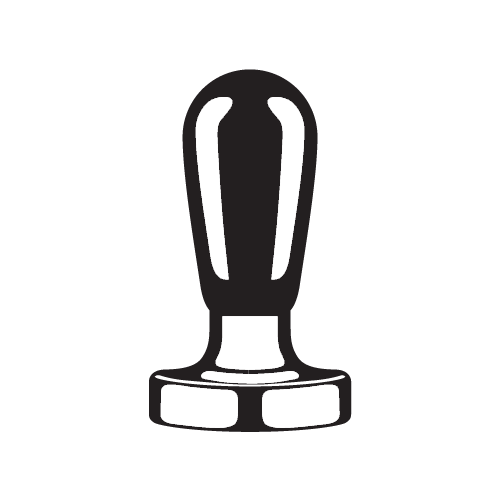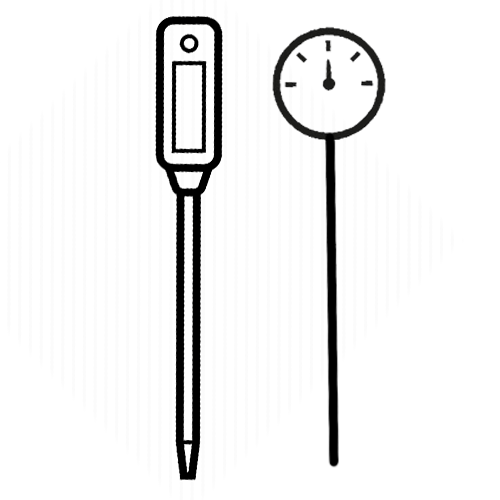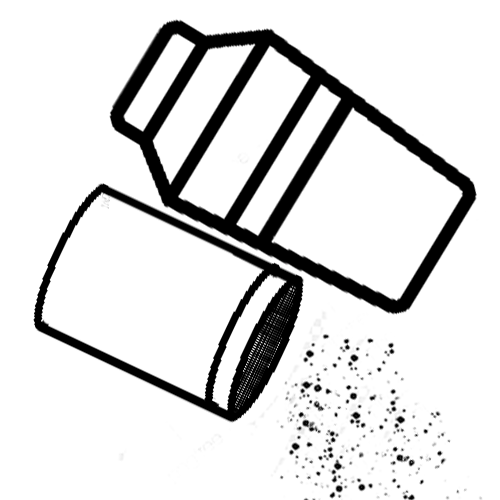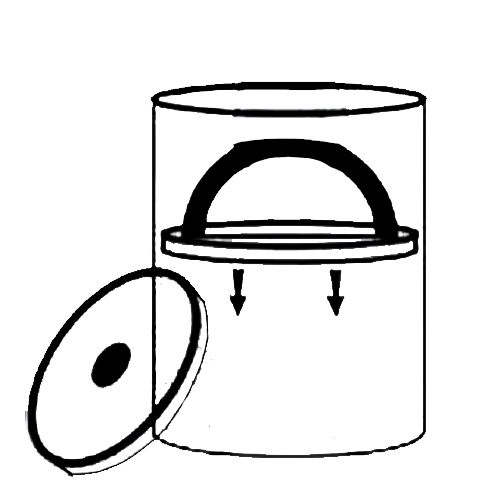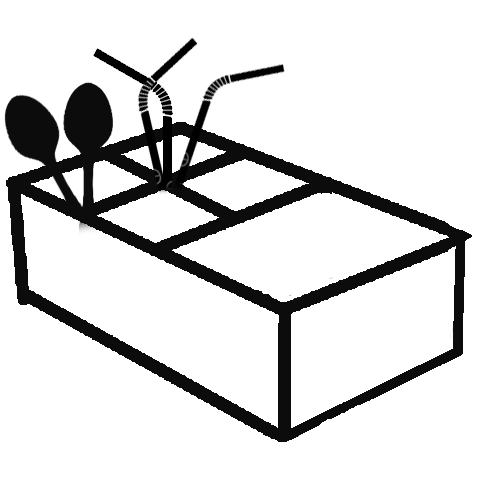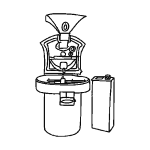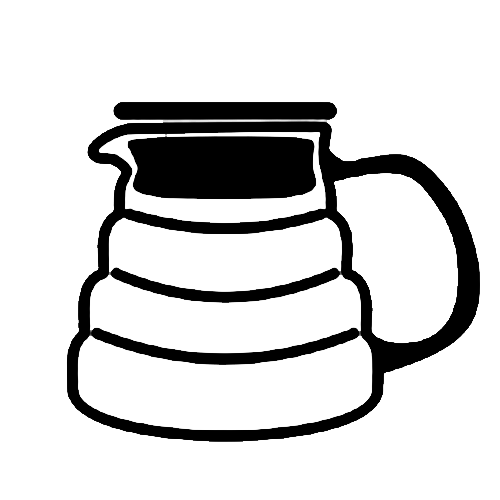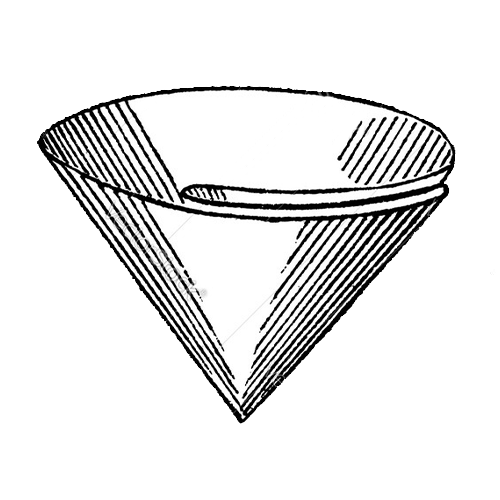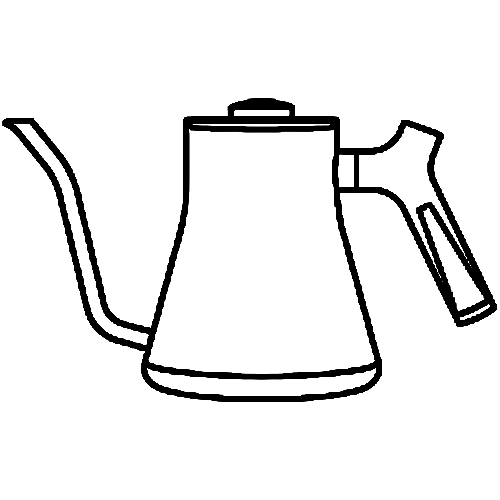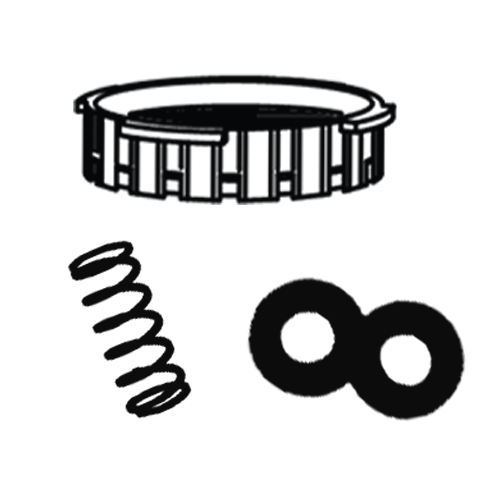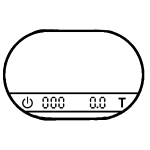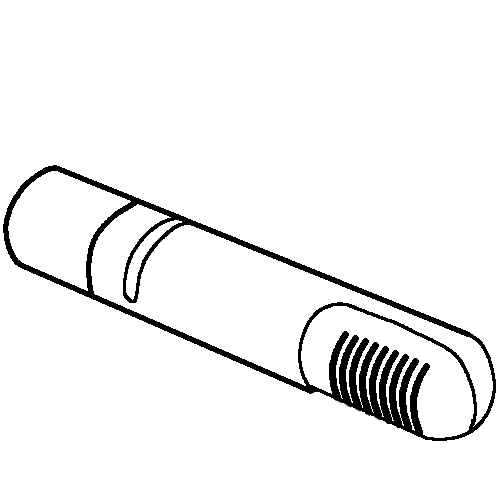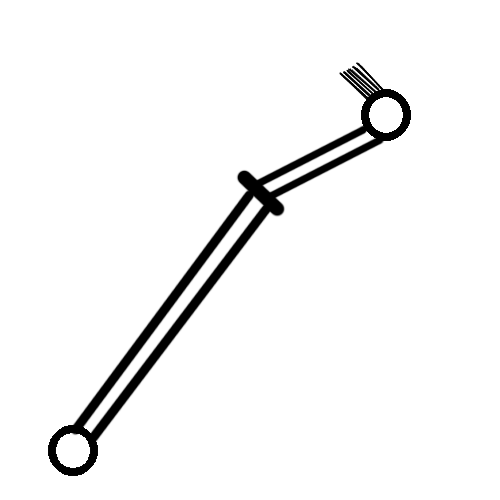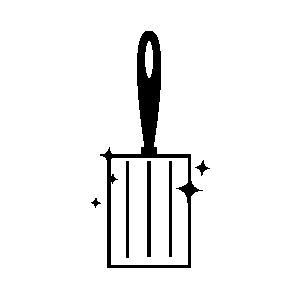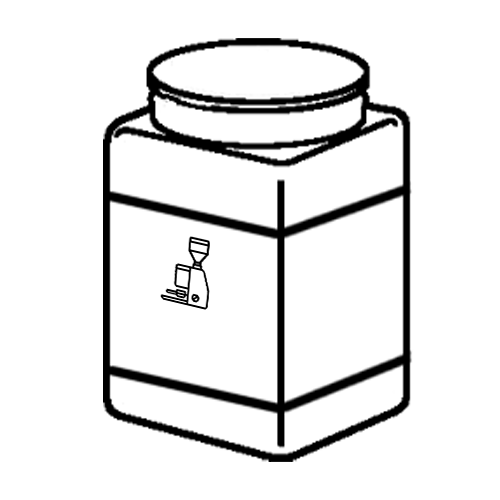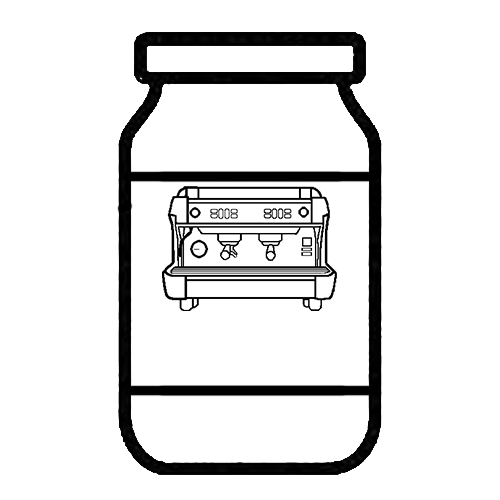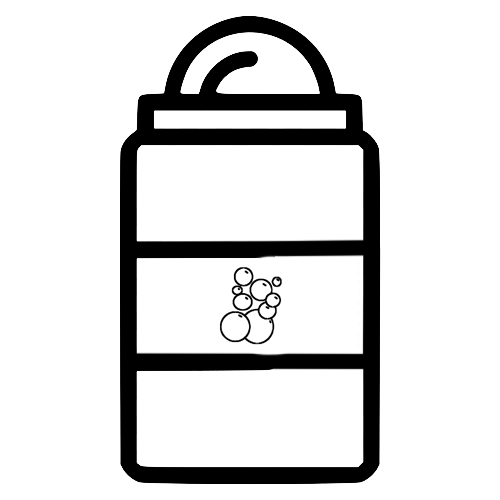One of the most important, and oftentimes overlooked steps in the coffee making process is the coffee grind.
Though it may be simpler to buy pre-ground coffee, the quality will be nowhere near to that of freshly ground coffee beans. Thus, it’s important to understand the proper coffee grind required for different brewing methods.
Different Types of Grinds and What They Mean:
Here is a quick breakdown of different types of coffee grinds and what they are most likely to be used for.
1. Grind for a French Press – Coarse Grind
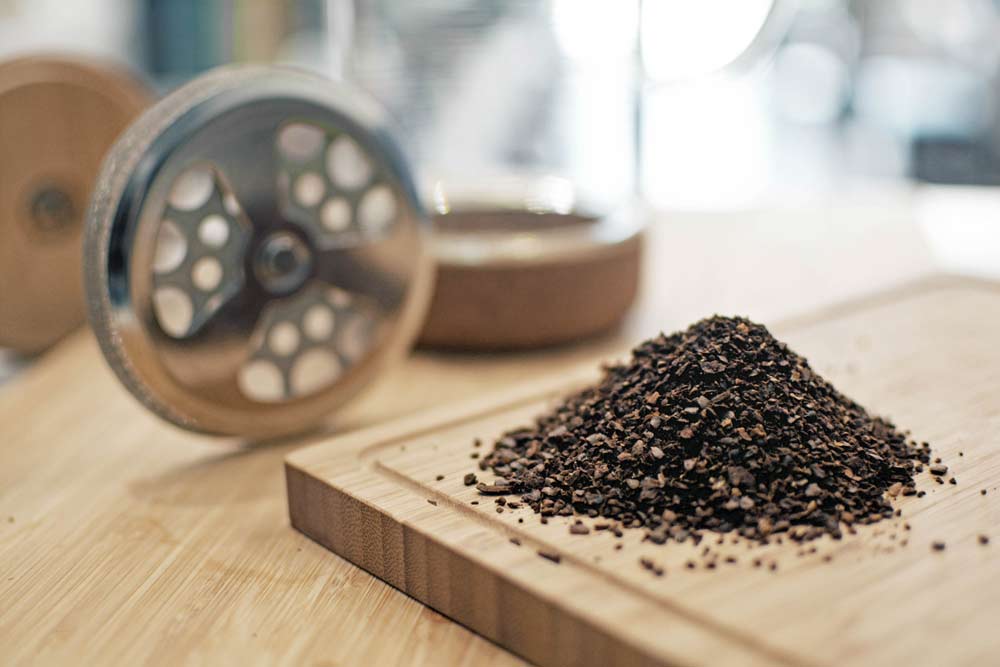
Brewing coffee with a French Press requires a coarse, even grind.
A coarse ground will look somewhat chunky. Because the coffee is steeped in boiling water, the contact time between the water and coffee is much longer, which requires a coarser grind.
2. Grind for a Pour Over – Medium-Coarse Grind
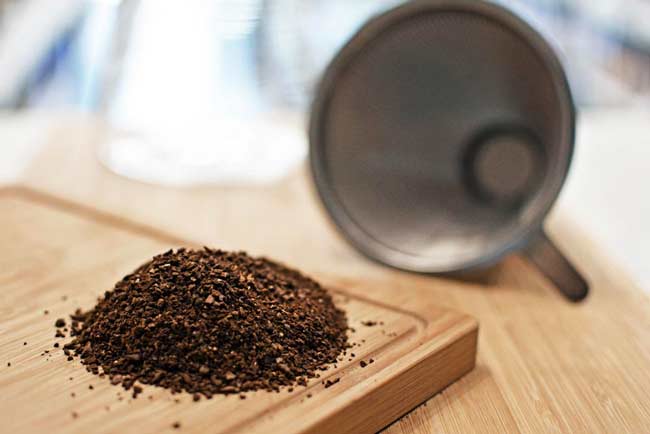
For pour over coffee, the best grind to use is a medium-coarse grind.
A medium-coarse grind will be similar in size to a French press grind but less chunky and will feel slightly smoother. If you are using a cone-shaped pour over, then use a medium-fine coffee grind instead.
Since there are many different pour over brewers, each one will need a slightly different grind. You may need to experiment a bit more with this method until you find what tastes best for you.
Keep in mind: the less time the water is in contact with the coffee grind, the finer the grind should be.
3. Grind for a Siphon Coffee Maker- Medium

Siphon coffee requires a medium grind size between filter and espresso but closer to the filter size.
Siphon coffee makers typically use a cloth or metal filter, producing a full-bodied and clean cup. You don’t want the grinds to be too fine that they’ll clog the filter and you don’t want them to be too big. If the grinds are too big, flavor will be lacking as it is a quick brewing process.
4. Grind for an Espresso Machine or Stovetop Espresso Maker – Fine Grind

For stovetop espresso makers, use a fine coffee grind. A fine grind will be similar in size and feel to that of sugar. It should also be slightly coarser than a grind used for a regular espresso maker.
Fine grinds are required because of the short brew time that the coffee grind comes in contact with water. When brewing stovetop espresso, pressure builds up in the espresso maker which forces the water through the fine ground coffee.
If you were to use a coarse grind, the water would not be able to extract the flavour from the beans. Due to this, espresso is the most sensitive of coffee types when it comes to the size of the grind of coffee beans and brewing good coffee.
If the grind is just slightly finer or coarser, it can drastically affect the extracted coffee taste of the espresso. Which is why you must always use fine coffee grinds when brewing espresso in an espresso coffee machine or moka pot espresso maker.
5. Grind for Turkish Coffee Maker- Extra Fine

Turkish coffee is essentially very strong coffee with fine grinds in it.
Based on that description alone, it’s a no-brainer that this kind of coffee requires an extra fine coffee grind. To give you an idea of size, the coffee grinds should resemble powdered sugar, making it even finer than what’s used espresso.
The grinds need to be so fine that some grinders can’t even accommodate Turkish coffee. So when you’re looking for a coffee grinder, make sure it has the proper settings should Turkish coffee be your coffee of choice.
The correlation between coffee grounds and over/under extraction.
Do not skip this section.
What you’re about to read is critical knowledge for brewing coffee. Having the best coffee drip machine and the best coffee beans in the world won’t mean anything if you don’t understand extraction. It’s time you understood coffee extraction, and in doing so, you’ll be able to avoid under and over-extraction.
Your goal in choosing a grind size: extract the perfect amount of flavor from your coffee. Too little and you’ve under-extracted it, too much and you’ve over extracted it.
- Your grounds are too coarse = Under extraction. This is when you have not extracted enough flavor out of your ground coffee
- Your grounds are too fine = Over extracted. This is when you have extracted too much flavor out of your coffee – and it becomes overpowering and unpleasant
What Does Poorly Extracted Coffee Taste Like?
You’ve probably tasted bad coffee before. Most of the time, bad coffee is the result of extraction:
UNDER EXTRACTED
- Sour
- Acidic
- Salty
OVER EXTRACTED
- Bitter
- Hollow – A lack any notable coffee bean flavors
Flavor profiles, brew times, water temperatures, and grinds for different coffee brewing methods.
|
Blade Vs Burr Grinders
Before you read any further: if you’ve been using a blade grinder for your coffee beans, you’ve been making the most common coffee grinding mistake that exists. Do NOT grind your coffee beans with a blade grinder. Doing so is WORSE than buying pre-ground coffee.
Yes, worse. Why?
First of all, the key to brewing a great cup of coffee is consistency, and if your little grinds are not all the same size, some will be over extracted, some will be under extracted, and the result will be, well… shit coffee.

Shake your blade grinder around all you want, you’re never going to get them 100% consistent…but if you’re stuck somewhere with nothing but a blade grinder, there is something you can do…but be prepared to work for it. James Hoffman nailed it with this video
Too sum it up:
- Choose a conical burr grinder, not a blade grinder. It doesn’t matter if you have a manual coffee grinder or an electric grinder, as long as it grinds with burrs.
- Blade grinders suck at achieving uniform grounds. Uniform grounds make even coffee extraction easy.
- If you’re stuck with a Blade grinder, there are a few hacks you can use to make the grounds better.

